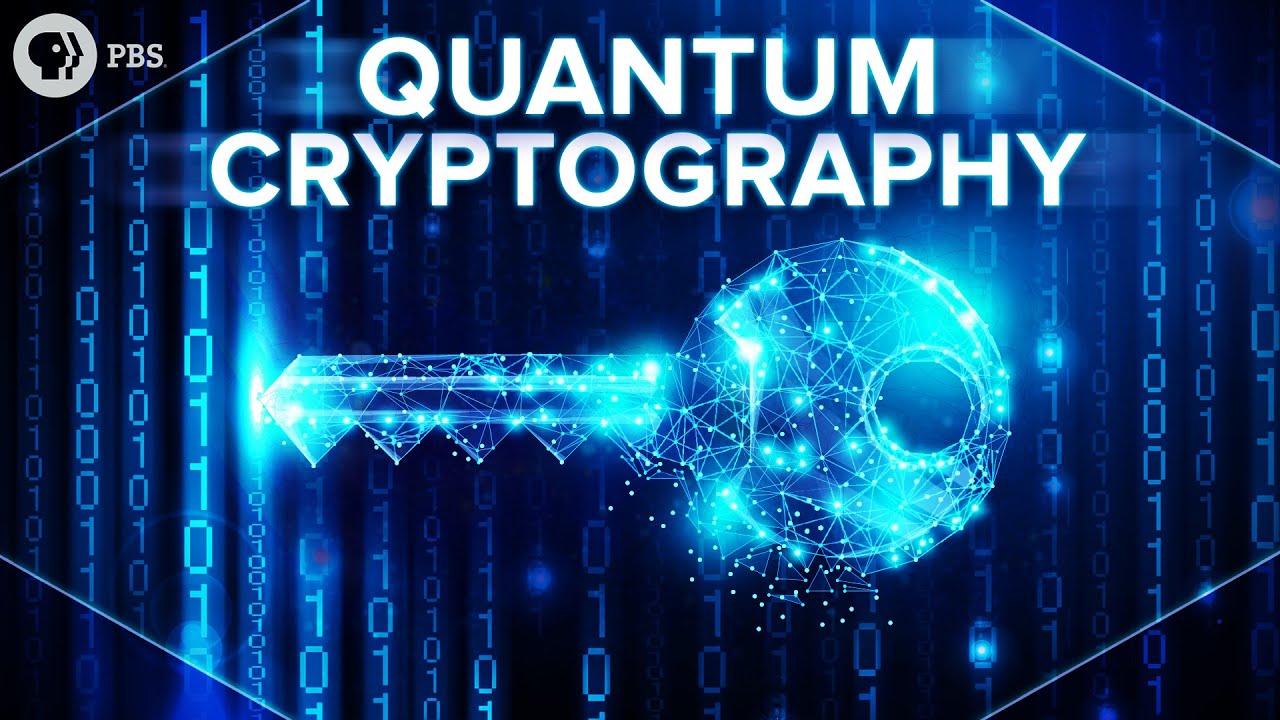In an era characterized by the exponential increase of data generation and exchange, the security of information becomes paramount. The advent of quantum cryptography presents a paradigm shift in information security, integrating principles of quantum mechanics to obfuscate and protect sensitive data. This article delves into the intricate mechanisms by which quantum cryptography secures information, addressing common observations and unveiling the profound complexities that underpin its allure.
Understanding Quantum Mechanics
To appreciate the functionalities of quantum cryptography, one must first grasp the fundamental precepts of quantum mechanics. This branch of physics elucidates how particles behave at the infinitesimal scale, where conventional notions of physics falter. Quantum phenomena such as superposition and entanglement introduce state properties that defy classical intuitions, allowing particles to exist in multiple states simultaneously and to be instantaneously connected across vast distances. This inherent uncertainty is pivotal, distinguishing quantum cryptography from classical cryptographic methods.
The Genesis of Quantum Cryptography
In 1984, the theoretical foundation for quantum cryptography was laid by Charles Bennett and Gilles Brassard, who proposed a groundbreaking protocol known as BB84. This protocol leverages quantum bits, or qubits, which encode information not merely as binary states but as quantum states, fundamentally altering the nature of transmission and reception. The remarkable potential of BB84 lies in its ability to create a secure communication channel that is impervious to eavesdropping due to the principles of quantum mechanics.
Quantum Key Distribution
The crux of quantum cryptography is Quantum Key Distribution (QKD), a technique facilitating the secure exchange of cryptographic keys. In a typical QKD scenario, two parties—commonly referred to as Alice and Bob—aim to share a secret key over an insecure channel. They do so by transmitting qubits, which are measured in specific bases chosen at random. This instantaneous selection of measurement bases introduces an intrinsic uncertainty; if an eavesdropper, conventionally known as Eve, attempts to intercept and measure the qubits, her actions inevitably lead to observable disturbances in the states transmitted, alerting Alice and Bob to the intrusion.
The security of QKD is grounded in the principles of non-cloning and the no-signaling theorem. Non-cloning asserts that it is impossible to create an identical copy of an unknown quantum state, ensuring that any attempt to duplicate qubits without detection is futile. The no-signaling theorem reinforces this notion by stating that information cannot be transmitted faster than the speed of light, maintaining the integrity of the information exchange. Thus, QKD not only facilitates secure communication but does so with provable security based on the laws of nature.
Applications and Real-World Implementations
The applications of quantum cryptography extend beyond theoretical models into practical implementations across various sectors. Banking and finance, governmental communications, and healthcare data protection are areas where the implementation of QKD has demonstrated potential. For instance, entities like banks can utilize quantum networks for secure transactions, significantly mitigating the risk of cyber threats such as man-in-the-middle attacks.
The fascination surrounding quantum cryptography is not solely driven by its pioneering techniques; it also resonates with a broader cultural intrigue surrounding the interplay between physics and technology. The very essence of quantum mechanics—where uncertainty reigns and particles exhibit duality—invites a reexamination of our understanding of information, privacy, and communication. In a world increasingly pockmarked by cybersecurity threats, the promise of quantum cryptography offers a glimmer of hope, suggesting a path where information is not merely exchanged but is safeguarded by the immutable laws of nature itself.
In conclusion, quantum cryptography, through its ingenious use of quantum mechanics, presents a transformative solution to the pervasive problem of information security. By harnessing the principles of quantum behavior, it creates an impregnable framework for secure communication, promising to shape the future of cryptographic practices as we navigate the complexities of an increasingly digital world.












